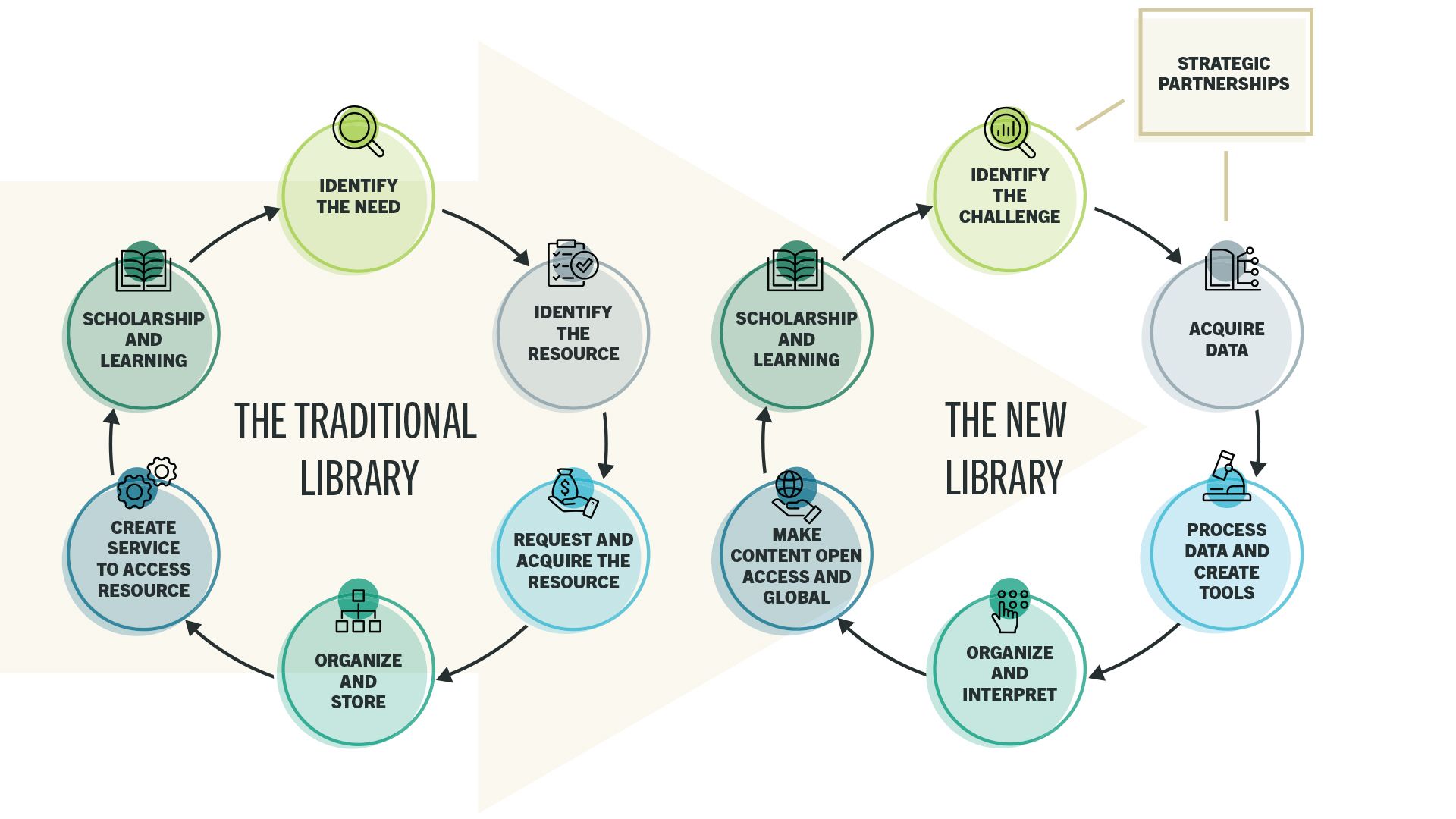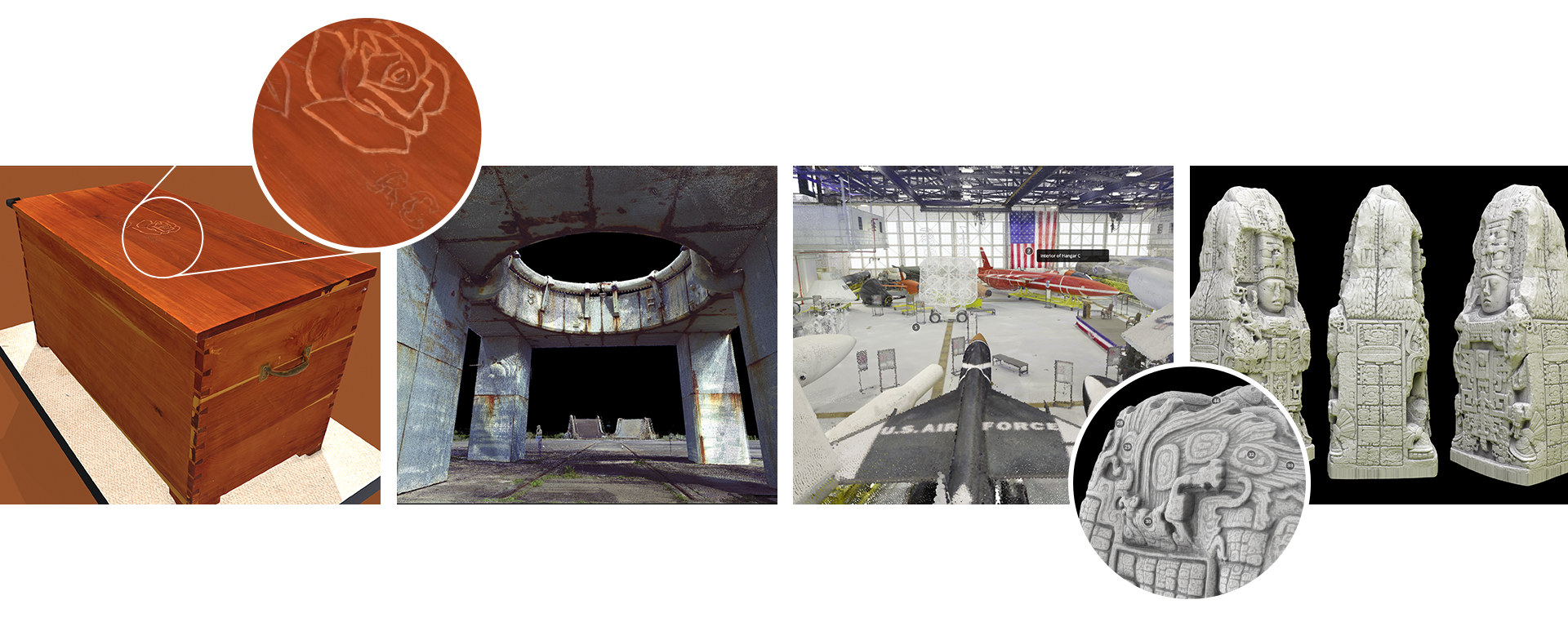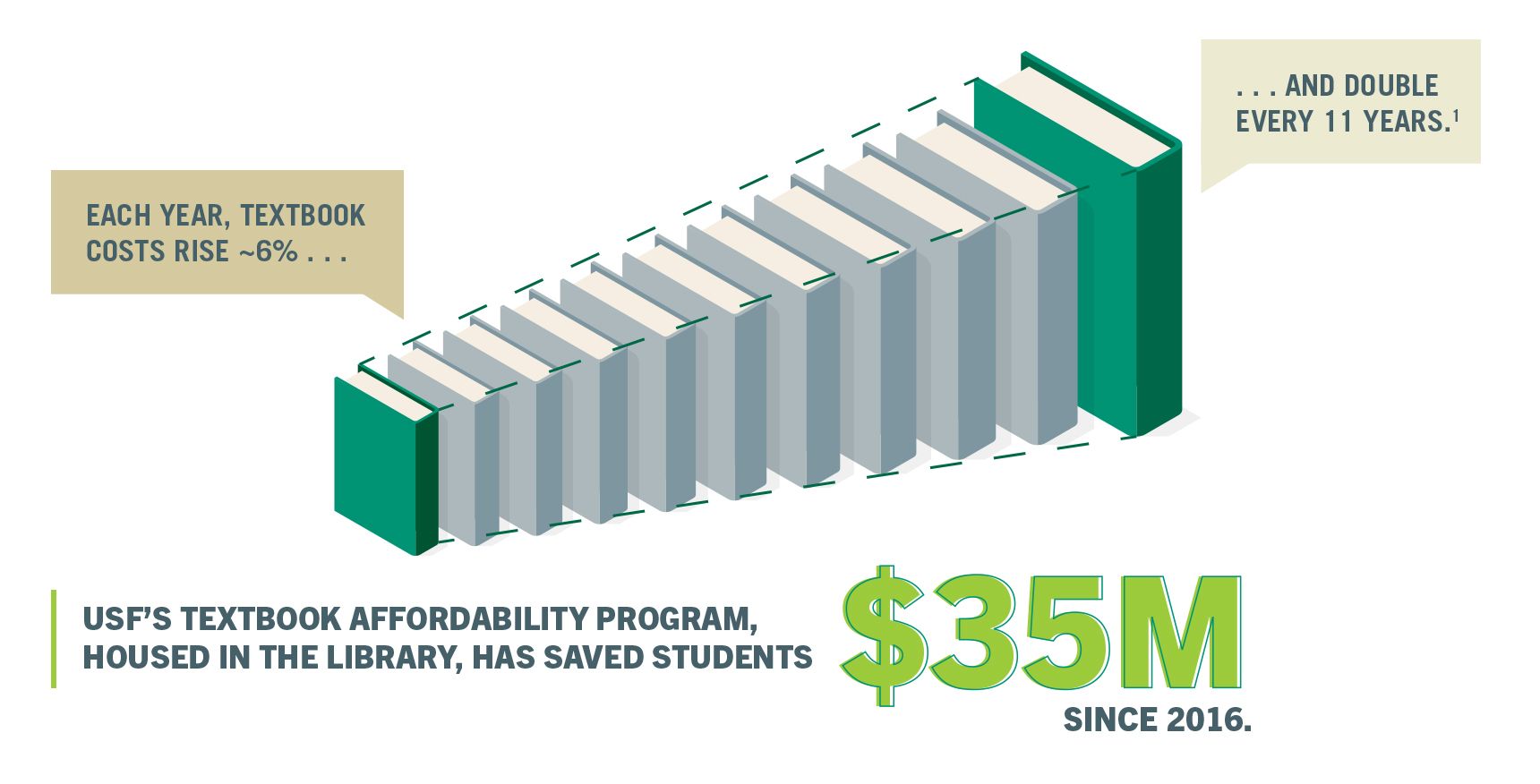Leading with the Library:
How One University Positioned its Library as a Central Hub for Innovation and Strategic Partnerships

Two hours.
The University of South Florida, and the world, were in the early grips of the COVID-19 outbreak. The university would shift to remote course delivery for at least six weeks, and the provost wanted to know how long it would take for the library to be ready to provide a range of services approximating those available under normal circumstances.
“Well, it’s about 11 a.m. now, so I would say probably by 1 o’clock,” USF Dean of Libraries Todd Chavez responded. Ralph Wilcox, USF’s provost on that late morning in mid-March 2020, was stunned.
“I told him it would be easier for me to list what we can’t do than what we can do,” Chavez says. “We’ve been preparing for something like this the entire time I’ve been at USF.”
In fact, USF began shifting to a digital-preferred library in the mid-1990s, when only a handful of institutions were doing so. That strategy fueled the sense of innovation behind the pioneering work the library and its partners now perform.
In its latest case study, the University of South Florida delves into how it reimagined the role of its library—from sending library specialists into the field alongside researchers to create 3D digital collections that preserve artifacts in spectacular detail, to leading an institution-wide textbook affordability initiative that has saved students more than $35 million.

In addition to new skillsets and experiences, new workflows become necessary when the library shifts into the role of creator of information.
In addition to new skillsets and experiences, new workflows become necessary when the library shifts into the role of creator of information.
The future of content: 3D and spatial data technology
Along with being good stewards of collections they purchase commercially or acquire through traditional channels, Chavez believes libraries can and should be content creators. The future of academic libraries lies in developing new funding sources that enable library-based scientists to go afield to create and deeply curate content and original research. At USF, this work spans immersive 3D collections ranging from aerospace heritage and humans in space, to former President Jimmy Carter’s childhood home, to other significant cultural sites in the U.S. and abroad.
Teams working on projects related to digital heritage and geospatial information usually are located within a specific college or university research unit. USF saw an opportunity to move what’s now known as the Center for Digital Heritage & Geospatial Information (CDHGI) from the College of Arts & Sciences to the library, expanding the center and transforming it from one spoke on a wheel to the wheel’s hub.

Non-traditional library staff such as archaeologists, paleobiologists and 3D visualization specialists create immersive 3D collections that are open access to students and the public.
Non-traditional library staff such as archaeologists, paleobiologists and 3D visualization specialists create immersive 3D collections that are open access to students and the public.
Removing barriers to educational access
College textbook costs increase an average of six percent a year, doubling every 11 years, according to the Education Data Initiative. USF Libraries began exploring the creation of a Textbook Affordability Program more than a decade ago in recognition of how these costs impacted student success. Focusing on faculty members as key to the program’s success, the work has saved students more than $35 million since 2016.

Free resource to Chronicle of Higher Education readers
This case study explores how USF has redefined the role of its academic library, sharing insights, inspiration and lessons learned for university leaders seeking to position their libraries as strategic partners in the pursuit of innovation and student success.
This content was paid for and created by the University of South Florida. The editorial staff of The Chronicle had no role in its preparation. Find out more about paid content.




